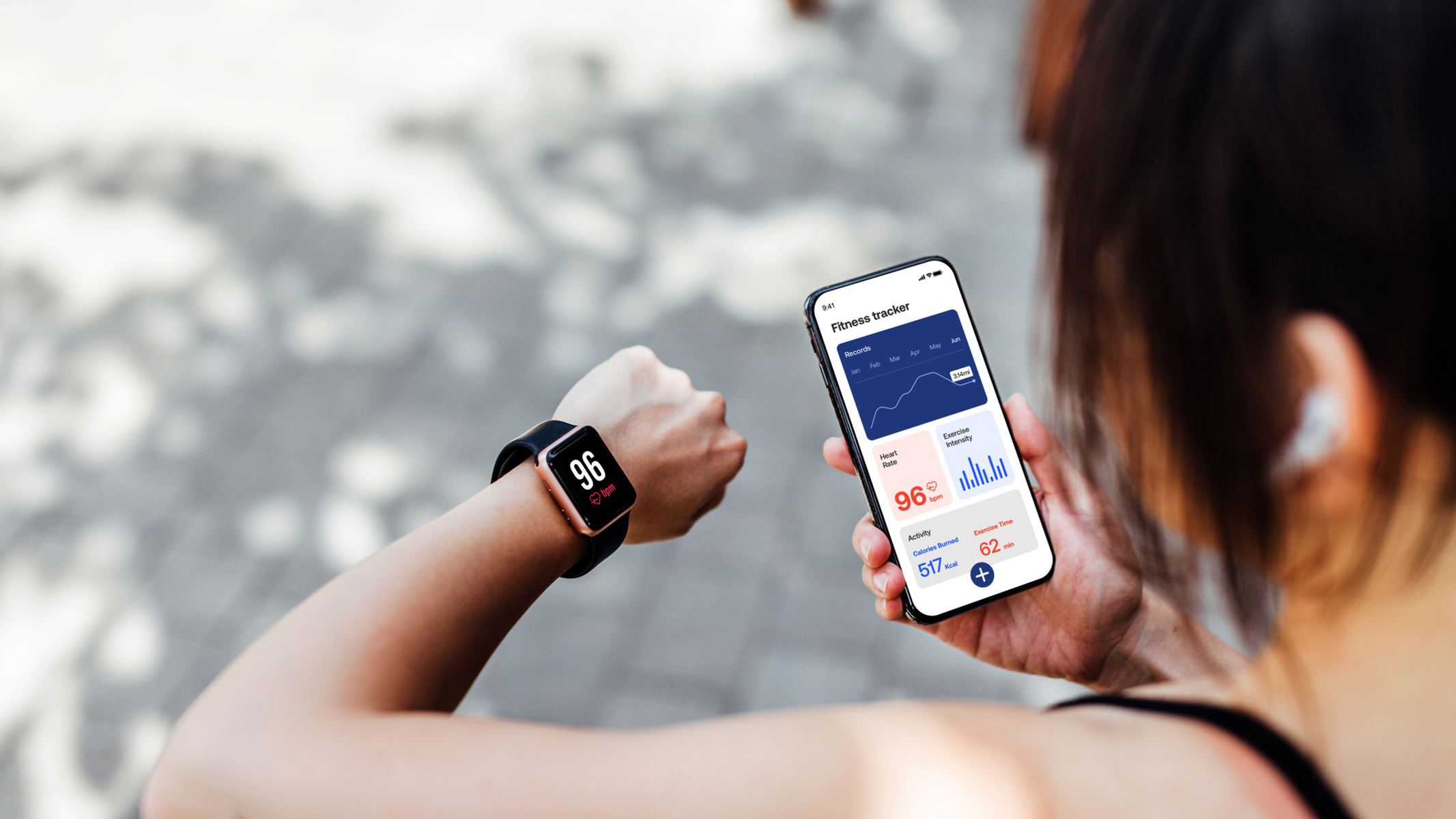Do rowing machines build muscle?
They provide a great cardio and resistance workout, but do rowing machines build muscle effectively? We look at the science

There’s no denying that they're an effective workout, but do rowing machines build muscle? Whether you’re using one at the gym or have bought one of the best rowing machines for home use, rowers are great for working up a sweat, and they’re very low-impact, which means they’re suitable for seniors, beginners, serious fitness enthusiasts and everyone in between.
But if building muscle is your bag, are rowing machines the right equipment to use? We look at the science and gather some expert commentary on whether rowing is worth it when it comes to getting bigger and stronger.
If shedding pounds is more your thing, then don't forget to look at how to use a rowing machine to lose weight, and for a more holistic view of the benefits of using a rower, we've also asked 'Is the rowing machine a good workout?'.
How to use a rowing machine
We know our muscles get stronger as a result of resistance training. We can use our body weight and gravity to create resistance while doing calisthenics exercises like press-ups, weights such as dumbbells and barbells, or elastic bands. And although there are a few different rowing machine types, the fundamental act of rowing is all about pulling against resistance, whether you’re working against the pressure of the water on a rowboat, or the artificial resistance of a rowing machine.
"If somebody is just coming to exercise as a beginner, rowing machines will help develop lean muscle mass," said celebrity personal trainer Scott Laidler. "It’s going to be predominantly working your legs, but it’s also going to be working your core and pulling muscles" such as your upper back, biceps and forearms.
Laidler is backed up by science, as research from the Hallym University College of Medicine found rowing significantly improves strength in the upper back and the "trunk" of your body, your lower back and abdominal muscles. When you push against the machines with your legs and subsequently lean back, pulling the cable towards you, you’re working multiple muscle groups, increasing your body’s production of growth-stimulating hormones.
More benefits of rowing machines
In a study published in the Journal of Physical Therapy Sciences, researchers wrote "weight training increases BMR [basal metabolic rate], improves insulin reaction, increases bone density or prevents its loss, and prevents the loss of muscle mass and muscular strength resulting from aging."
These benefits are not exclusive to rowing - any resistance-based program would do the trick - but there’s a plethora of great reasons to hop on the machine and try some high-intensity rowing workouts. We’ll break down each of these benefits in turn.

Resistance training doesn’t just build muscle: it also raises your basal metabolic rate, which is a measurement of how quickly your body burns calories while resting. Any compound exercise which works multiple muscle groups will do the trick, especially at high-intensity. Resistance training also "improves insulin reaction" which helps prevent metabolic syndrome, the precursor to conditions like diabetes and high blood pressure.
Rowing will also improve the density of your bones by putting pressure on them every time you push your feet and pull the handle away from the motor. This has been confirmed by a Journal of Bone and Mineral Research study testing low-impact exercises like rowing which use multiple joints against resistance. Over time, any consistent resistance training will increase the density of your bones, as well as building up more protective skeletal muscle around the joints.
Finally, rowing will also help maintain and slow muscular atrophy, the process of getting weaker as you age. If consistently hitting the gym or working out on a rowing machine can help build muscle, it will also slow its decline. Coupled with the rower’s low-impact nature, improved core strength and bone-health-promoting properties, it makes for a perfect workout for seniors looking to stay active.
Drawbacks of rowing machines
It’s not all good news, we’re afraid. Although the answer to the question "can rowing machines build muscle?" is a resounding "yes", it comes with a few caveats.
Laidler said: "For somebody who's quite seasoned with resistance training, then the rower is mostly for cardio. You wouldn't progress much in terms of muscle building."
For somebody coming to exercise for the first time, or a senior looking to stay active, rowing will build up some muscle in the back, biceps, forearms, core and legs, as well as providing a great cardio workout. However, if muscle-building is your primary goal, you’re better off looking at a more comprehensive weight-training program.

"One of the big issues is that rowing machines have a gaping hole when it comes to push exercises," said Laidler. "Even if you wanted to, you can’t train your push mechanism while rowing."
In order to build muscle in your upper body, pulling exercises are only half the battle. You also need to train your chest and triceps, which means pushing against something. This is commonly done with exercises like press-ups, or the bench press, and the rowing machine can’t provide this sort of training.
If you wanted to give a high-intensity, rowing-orientated workout a go, which is designed to hit your whole body, Laidler recommended a minute of high-intensity rowing, then rolling off the rower and jumping straight into a set of press-ups, then back on the rower. But, as he said, "it’s not the most linear route to muscle-building." A comprehensive resistance training program is the most efficient way to go about building all-over muscle, if that’s your goal.
Do rowing machines build muscle?
Yes, rowing machines build muscle, providing you’re not expecting too much out of it. Rowing is a phenomenal cardiovascular workout that also happens to include an element of resistance training, which means if you’re just after an exercise to stay fit and healthy, rowing has the added benefits of increasing muscle mass in your upper and lower body, and increasing your bone density, which other exercises machines like the treadmill severely lack.
However, resistance training isn’t the end goal of rowing. If you’re planning on dedicating a serious amount of time to building muscle, you’ll be better off heading to the weights section of the gym. But that doesn’t change the fact that a 30-minute rowing workout, whether fast or slow, would be of enormous benefit for everyone.
Sign up for the Live Science daily newsletter now
Get the world’s most fascinating discoveries delivered straight to your inbox.
Matt Evans is the current fitness editor over at our sister site, TechRadar. Armed with a Master’s Degree in journalism from Cardiff University, Matt started his digital journalism career at Men’s Health and stayed on for over two years, where he earned his stripes in health and fitness reporting. Since then, his byline has appeared in a wide variety of publications and sites including Runner’s World, Women’s Health, Men’s Fitness, and LiveScience on everything from exercise, to nutrition, to mental health, alongside covering extreme sports for Red Bull.
Stretching is Matt’s top fitness tip. He originally discovered exercise through martial arts, holding a black belt in Karate, and trained for many years in kickboxing. During COVID he also fell in love with yoga, as it combined martial-arts style stretching with a bit of personal space.
When he’s not training or writing about health and fitness, he can be found reading doorstop-thick fantasy books with lots of fictional maps in them.











